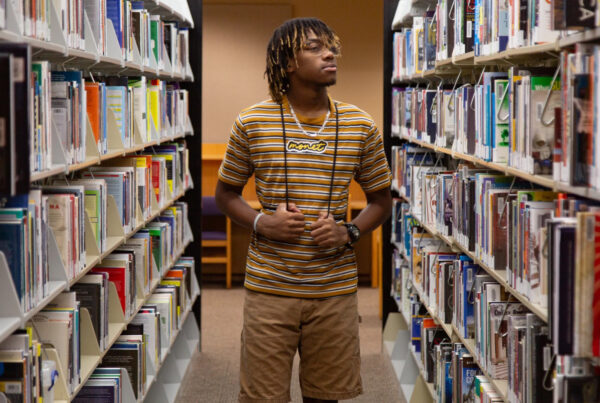The drone research program at Texas A&M Corpus Christi is celebrating its 10 year anniversary – and with it, an upgrade to being a full blown institute.
Formerly known as the The Lone Star UAS Center of Excellence and Innovation, the newly renamed Autonomy Research Institute will continue its research on unmanned aircraft, as well expand its scope to other autonomous systems.
Mike Sanders, executive director of the Institute, spoke with Texas Standard about the program and its future. Listen to the interview above or read the transcript below.
This transcript has been edited lightly for clarity:
Texas Standard: Tell us a little bit about the history of the institute. How’d it get started, and how has it grown over the past decade?
Mike Sanders: In the FAA Modernization Reform Act of 2012, Congress directed the FAA to set up six unmanned aircraft system (UAS) test sites. And so we were first stood up in 2014, and initially it was for five years. We’ve been reauthorized twice.
So what are the some of the programs the institute has been working on? Can you talk about the opportunities for students interested in these technologies?
Sure, absolutely.
So what we do is we are a research, development and test site for the FAA. And so we do both our own internal research and research in support of agencies such as NASA and the FAA, or commercial entities who want to know more about drones as part of a research center.
We all have students inside our organization. We bring them in, we pair them up with mentors and then give them an opportunity to take what they’ve learned in the classroom and do it in the center.















